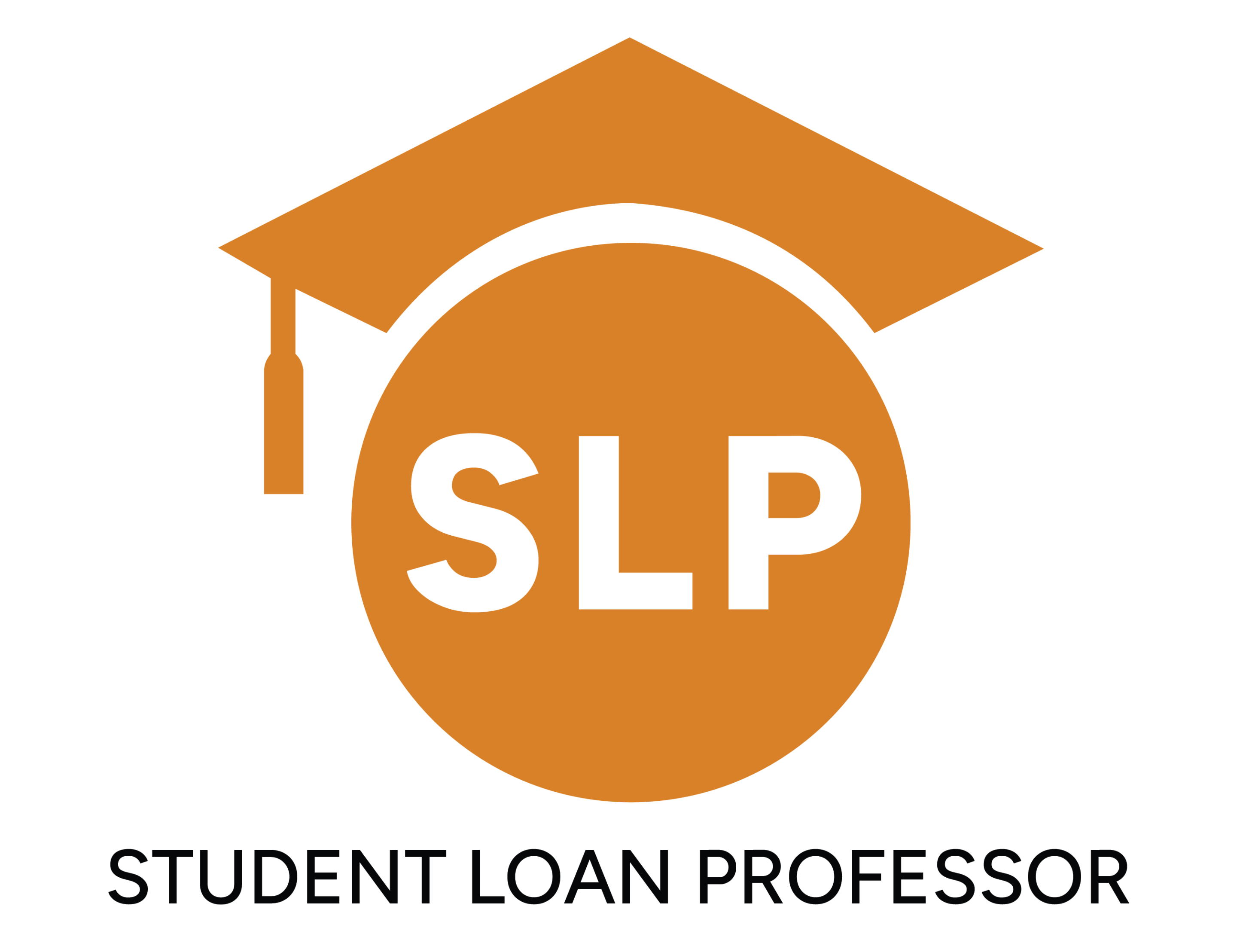Key Takeaways
- Student loans span multiple lenders; tracking balances varies by loan type.
- Federal loan balances are available on StudentAid.gov; private loans through lenders.
- Knowing balances aids repayment planning, interest monitoring, and forgiveness or refinancing.
- Stay organized by setting up online accounts, automating payments, maintaining records.
Student loans can be spread across multiple lenders and servicers, making it challenging to track total debt. Additionally, checking your student loan balance will depend on whether you have a federal or private loan.
Federal student loan balances can be found through the federal student aid website, while most private student loans require checking with individual lenders or by reviewing your credit report.
Join us as we explore how to check your student loan balance, no matter your loan type, what to do if you’re unsure who your lender is, and some tips to help you stay on top of your student loans in the future.
Why You Need to Know Your Student Loan Balance
Many borrowers don’t think about their student loan balance until repayment begins. But staying informed about how much you owe can make a big difference in your financial planning by:
Helping You Plan Your Repayment Strategy
Knowing your balance allows you to determine the best repayment plan for your situation.
For example, if you have a federal student loan, you may qualify for income-based repayment plans, forgiveness programs, or consolidation options.
But if you’re a private student loan borrower, you may find refinancing your loan or negotiating better terms based on your balance and interest rates more effective for managing your debt.
Keeping You Aware of Interest Accrual
Student loan interest accumulates over time, and if you’re not keeping track, you could end up owing more than you expected. Checking your balance regularly helps you track accrued interest and determine whether making extra payments could save you money in the long run.
Tracking Multiple Loan Balances (If Applicable)
If you’ve taken out multiple loans over the years, tracking all of them can be challenging, especially if they are managed by different companies. Regularly reviewing your balance ensures you don’t miss payments, which could lead to escalations like late fees and credit score damage.
Helping You Prepare for Forgiveness or Refinancing
If you’re pursuing Public Service Loan Forgiveness (PSLF) or another forgiveness program, understanding your balance and servicer information is essential to tracking your progress.
And if you’re considering refinancing, knowing your total loan balance and interest rates will help you compare different refinancing offers more effectively.
How to Check Your Federal Student Loan Balance
The U.S. Department of Education provides an online portal where you can access all your federal student loan information. You can also get real-time updates on your balance and repayment options from your loan servicer.
Here are the steps you should take to check your federal loan balance:
Using the Federal Student Aid (FSA) Website
The FSA website is the easiest way to check your federal student loan balance, and here’s how to go about it:
- Go to StudentAid.gov and log into your account using the information you used when applying for financial aid. If you’ve forgotten your FSA ID username, you can reset it on the website using your email or phone number.
- View your loan summary, which will include information such as:
- Your total loan balance
- Your interest rates
- Your loan types (Direct subsidized, Direct Unsubsidized, PLUS)
- Your loan servicer information
- Click on individual loans to see details like disbursement dates and outstanding interest.
Contacting Your Loan Servicer
Your federal student loans are managed by a loan servicer—a company hired by the Department of Education to handle the billing, repayment, and loan-related customer support. If you want your most up-to-date balance, directly reaching out to your servicer is the best option.
To find your loan servicer, log in to StudentAid.gov and click the “My Loan Servicers” section, and your servicer’s information will be listed. Alternatively, if you already know your servicer, you can visit their website and log in to your account to check your balance details.
Pro Tip: Checking your loan servicer’s website directly is the best way to get the most accurate information since balances are updated regularly.
How to Check Your Private Student Loan Balance
Unlike federal student loans, private student loans are not listed on the FSA website, making them a bit trickier to track.
Since private loans are issued by banks, credit unions, and other financial institutions, you’ll need to check with your lender directly or use alternative methods to find your balance.
Contacting Your Private Student Loan Lender
Directly reaching out to your lender is the most accurate way to check your private student loan balance. To do this:
- Log in to your lender’s website: Most private lenders have an online portal where you can check your balance, interest rates, and payment details.
- Check your latest loan statement: If you receive a paper or email statement, it will show your current balance and payment schedule.
- Call your lender’s customer service: If you’re unable to access your online account, contact your lender directly and request your balance.
Note: If your loan has been transferred to a new lender or servicer, check old emails or mailed notices for updated contact information.
Checking Your Credit Report
If you’re unsure who your private loan lender is, your credit report can help you track them down. Private student loans (and federal student loans) are reported to credit bureaus and will appear on your report along with the lender’s information.
To check your credit report:
- Visit AnnualCreditReport.com to request a free credit report
- Look under the “Accounts” section for any student loans
- Find your lender’s name and contact them directly for your outstanding balance
Note: You can use this method to find information on both your federal and private student loans. However, your credit report may not always show the most up-to-date balance. For that, it’s best to contact your lender (or servicer) directly.
Reviewing Monthly Loan Statements
Most private lenders send monthly loan statements via email or mail. These statements typically include:
- Your current loan balance
- Your next due date and payment amount
- The interest rate and how much interest you’ve accrued
- Any fees or changes to your loan terms
What to Do If You Can’t Find Your Student Loan Balance
If you’ve lost track of your student loans, don’t panic—there are a couple of ways to track down your balance and lender details.
Contact Your School’s Financial Aid Office
Your school’s financial aid office may have records of your loan disbursements. While they will not have your current balance, they will tell you which lenders or servicers handled your loans, setting you on the right path to finding your loan balance.
Call the Federal Student Aid Information Center
If you’re struggling to access your federal loan balance online, you can call the Federal Student Aid Information Center (FSAIC) for help. They can help you retrieve your loan servicer information and guide you through the process of checking your balance.
You can reach the FSAIC through:
- Phone: 1-800-433-3243 (1-800-4 FED AID)
- Website: StudentAid.gov
Tips to Help Keep Track of Your Student Loan Balance
Once you’ve found your student loan balance, it’s important to stay organized so you don’t lose track again. Here are some practical tips to help you monitor your loans and stay on top of repayment.
1. Set Up Online Accounts with Your Loan Servicers
Most federal and private loan servicers offer online portals where you can check your balance, make payments, and manage your loans.
Visit your servicer’s website and create an online account if you haven’t already done so. Then enable email or text notifications for payment reminders and important updates. You should also log in periodically to monitor your balance and any changes in interest rates or terms.
2. Automate Your Loan Payments
Most loan servicers offer auto-debit options, which automatically withdraw your payment each month. Doing this can:
- Help avoid late fees and missed payments
- Lower your interest rates (0.25% discount with auto-pay)
- Ensure you’re consistently paying down your balance
Pro Tip: Even with auto-pay, you should still occasionally go into your accounts to check your balance and confirm payments are being applied correctly.
3. Keep All Records of Your Loan Documents and Communications
It’s a good idea to keep copies of:
- Loan agreements and promissory notes
- Monthly statements from your servicer
- Any emails or letters regarding payment changes, forbearance, or forgiveness programs
Store them in a dedicated folder (physically or digitally) so you have easy access when needed.
Streamline Your Student Loan Management Today
Knowing your student loan balance is the first step toward financial freedom. It empowers you to make smarter repayment decisions, avoid surprises, and take advantage of the best repayment options available.
To find the best repayment strategies, secure the most favorable loan deals, and help manage your student loan debt, get in touch with us at Student Loan Professor (SLP).
Our team of student loan experts is here to help you save money, reduce stress, and achieve financial success faster.
Brandon Barfield is the President and Co-Founder of Student Loan Professor, and is nationally known as student loan expert for graduate health professions. Since 2011, Brandon has given hundreds of loan repayment presentations for schools, hospitals, and medical conferences across the country. With his diverse background in financial aid, financial planning and student loan advisory, Brandon has a broad understanding of the intricacies surrounding student loans, loan repayment strategies, and how they should be considered when graduates make other financial decisions.



![Our Honest Thoughts On Aidvantage Student Loans [For 2025]](https://www.studentloanprofessor.com/wp-content/uploads/2024/10/SLP_fallback_2-no-logo-400x250.jpg)

